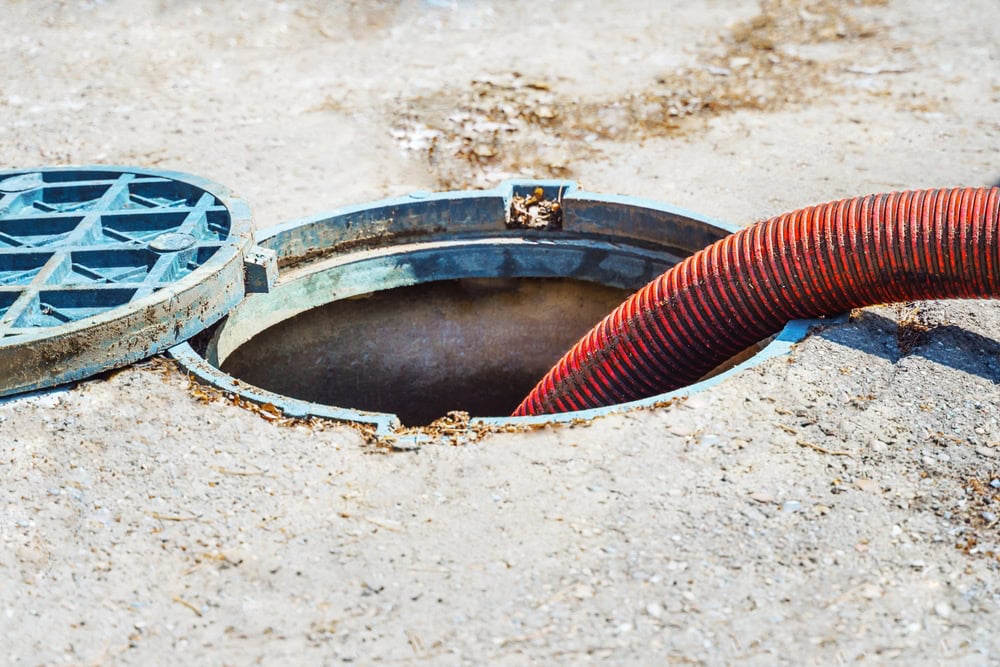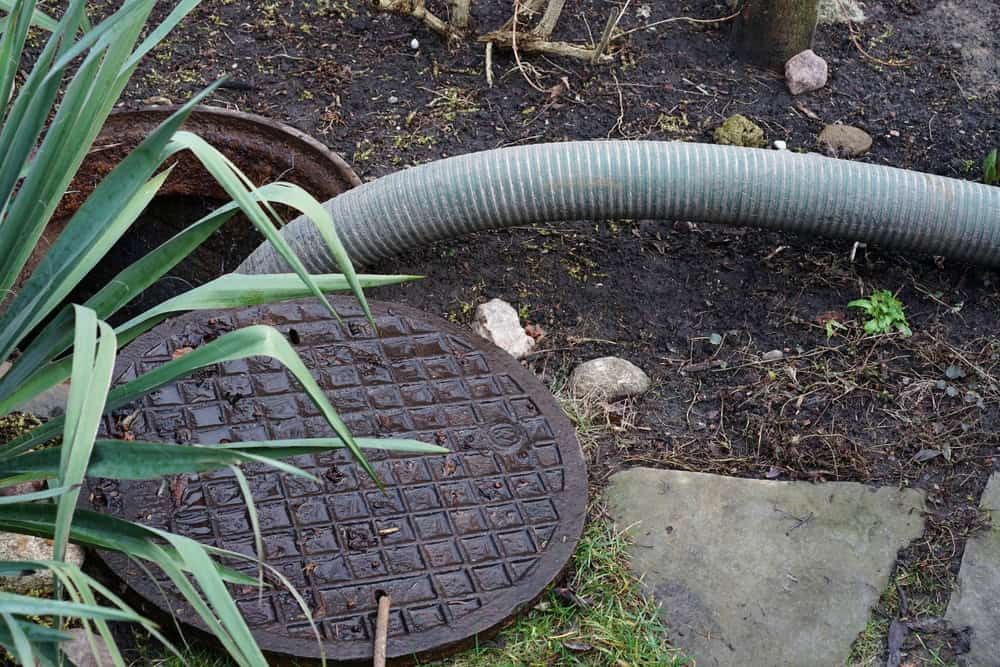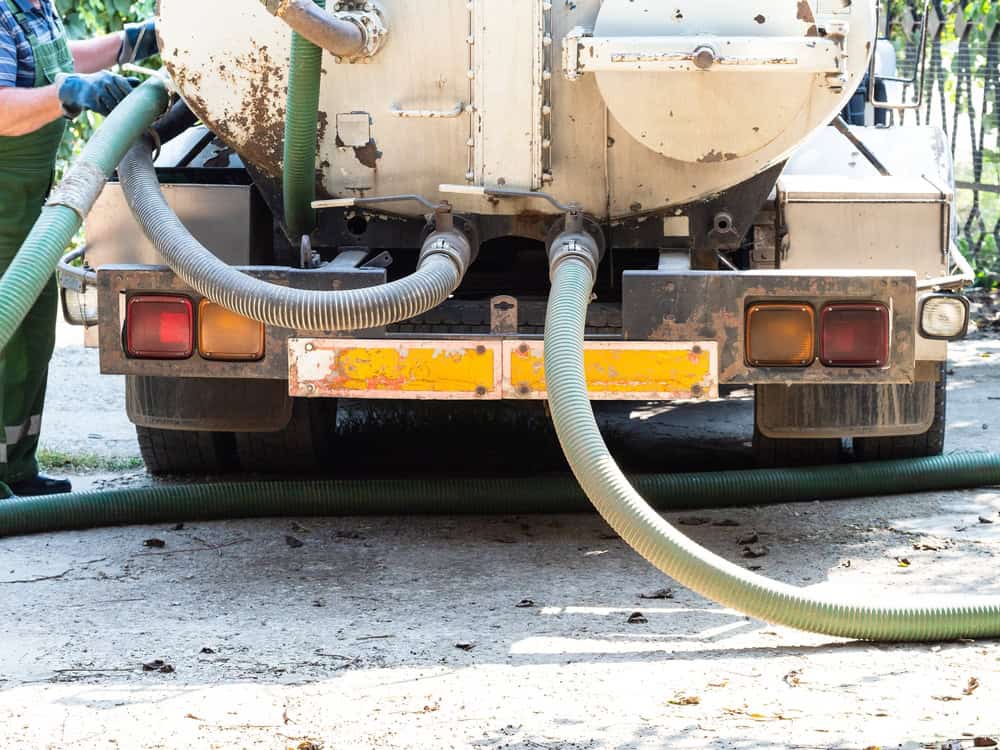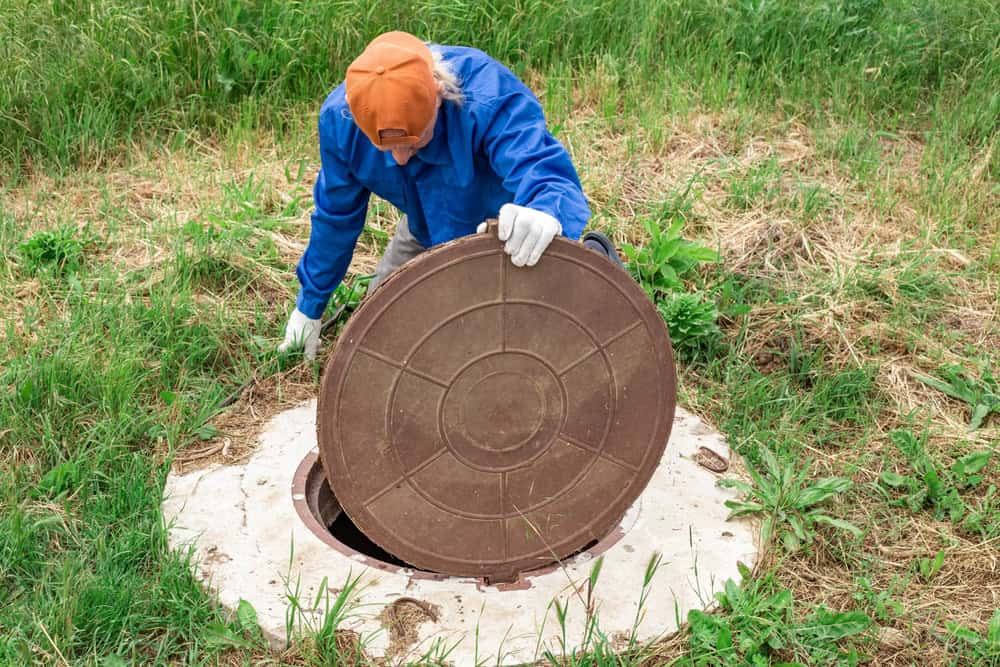Summary:
Understanding Your Long Island Septic System Maintenance Schedule
The biggest mistake Long Island homeowners make? Waiting until something goes wrong. Your septic system needs attention long before problems become obvious, and the timing matters more than you might think.
Most systems need pumping every 2-3 years, but that’s just the starting point. Your household size, water usage, and even Long Island’s unique soil conditions all affect this schedule. A family of four typically needs service every 1-2 years, while single-person homes can often go 3-4 years between pumpings.
The key is tracking your actual usage, not just following generic advice. Keep records of your last pumping, note any changes in household size, and pay attention to how your system performs throughout the year.
How Often Should You Pump Your Septic Tank on Long Island
Here’s what really determines your pumping schedule: tank size, household occupancy, and water usage patterns. Long Island’s sandy soil means waste moves through your system differently than in other areas, often requiring more frequent attention.
Single-person households with 1,000-gallon tanks typically need pumping every 3-4 years. But add a garbage disposal, and you’re looking at every 2-3 years. Families of four or more? Plan on annual or bi-annual service, especially if you have high water usage from multiple showers, laundry loads, or entertaining.
Don’t forget about seasonal changes either. Many Long Island homes see increased occupancy during summer months, which can push your system beyond its normal capacity. If you regularly host guests or have seasonal residents, adjust your pumping schedule accordingly.
Water-saving fixtures can extend the time between pumpings, but they’re not a substitute for regular maintenance. A running toilet can add 200 gallons of unnecessary water daily, forcing solids into your drain field before they’re properly broken down. Fix leaks immediately—your septic system will thank you, and so will your water bill.
Track your household’s patterns. Do you do laundry daily? Run the dishwasher twice a day? These habits affect how quickly your tank fills up. The goal is staying ahead of problems, not reacting to them.
Annual Septic Inspection Requirements for Long Island Homeowners
New York State regulations require septic systems to be inspected every 1-3 years, and Suffolk County has even stricter requirements for certain areas. But beyond legal compliance, annual inspections catch small problems before they become expensive disasters.
A proper inspection covers more than just checking fluid levels. Professional technicians examine your tank structure, measure sludge and scum layers, test distribution lines, and assess your drain field condition. They’re looking for cracks, leaks, blockages, and signs of system overload that you’d never notice from ground level.
Long Island’s environmental regulations add another layer of complexity. Properties near sensitive water bodies face additional requirements, and some areas now mandate nitrogen-reducing systems. An annual inspection ensures you stay compliant with current regulations and avoid penalties that can reach thousands of dollars.
The inspection also provides valuable documentation. If you’re selling your property, complete maintenance records demonstrate responsible ownership and can prevent delays during the sale process. Many buyers now require septic inspections as part of their purchase agreement, and having current records ready shows you’ve maintained the system properly.
Don’t wait for your county to send a notice. Schedule inspections proactively, ideally in spring when ground conditions are optimal and before summer usage increases. This timing allows you to address any issues before peak season when service providers are busiest and emergency calls are most expensive.
Warning Signs Your Long Island Septic System Needs Immediate Attention
Your septic system usually gives plenty of warning before complete failure, but you need to know what to watch for. Long Island homeowners often miss early signs because they develop gradually or seem minor at first.
Slow drains throughout your house signal more than just individual clogs. When multiple fixtures drain slowly, especially lower-level drains, your system is likely reaching capacity. Gurgling sounds from toilets and drains indicate air displacement—a sign that wastewater isn’t flowing properly through your system.
Odors are never normal. Sewage smells near your tank or in your yard mean gases aren’t venting properly, or worse, wastewater is surfacing. Don’t ignore these signs hoping they’ll resolve themselves. They won’t, and waiting only makes repairs more expensive.
Recognizing Drain Field Problems Before They Become Costly
Your drain field is where the magic happens—treated wastewater filters through soil and returns clean water to the groundwater system. When it fails, you’re looking at potentially the most expensive septic repair possible, often $5,000 to $20,000 or more.
Watch for soggy areas or standing water near your drain field, especially during dry periods. This suggests your system is overloaded or the soil can’t absorb effluent properly. Unusually lush, green grass over the drain field might look nice, but it indicates wastewater is over-fertilizing the area due to leaks or system failure.
Long Island’s sandy soil should absorb effluent quickly. If you see surface water or muddy conditions around your drain field when it hasn’t rained, call for service immediately. The longer you wait, the more damage occurs to the soil structure, making repairs more complex and expensive.
Bad odors around the drain field are another red flag. Properly functioning systems shouldn’t produce noticeable smells in your yard. If neighbors comment on odors or you notice them when doing yard work, your system needs professional attention.
Don’t drive or park heavy equipment over your drain field. Long Island’s sandy soil compacts easily, reducing its ability to absorb wastewater. Even riding mowers can cause damage over time. Keep the area clear and avoid planting anything with deep roots that could interfere with distribution lines.
Indoor Warning Signs That Demand Professional Septic Service
Indoor signs are often the first indicators homeowners notice, but by the time problems show up inside your house, you’re usually dealing with an urgent situation that requires immediate professional attention.
Sewage backups in your basement or lower-level fixtures are emergency situations. Don’t attempt to clean up or use plumbing until a professional assesses the situation. Raw sewage contains harmful pathogens that pose serious health risks, and continued use of your plumbing can make the backup worse.
Multiple slow drains throughout your house, especially when combined with gurgling sounds, indicate your septic tank is likely full or your distribution system is blocked. One slow drain might be a local clog, but system-wide drainage problems point to septic issues.
Water backing up in unexpected places is particularly concerning. If flushing an upstairs toilet causes water to appear in your basement floor drain, or running your washing machine causes toilets to gurgle, your septic system can’t handle the current load.
Pay attention to changes in your plumbing’s behavior. Toilets that suddenly require multiple flushes, sinks that drain slower than usual, or showers that back up during heavy use all suggest your system is struggling. These changes often happen gradually, making them easy to dismiss, but they’re early warnings that can save you thousands in emergency repairs.
Don’t ignore unusual sounds either. Gurgling from drains when you’re not using water, bubbling sounds from toilet bowls, or whistling from vent pipes all indicate air displacement problems in your system. These sounds mean wastewater isn’t flowing properly, and the problem will only get worse without professional intervention.
Protecting Your Long Island Home with Proactive Septic Maintenance
Septic maintenance isn’t glamorous, but it’s one of the smartest investments you can make in your Long Island property. Regular pumping, annual inspections, and attention to warning signs prevent the majority of expensive septic emergencies.
Remember that Long Island’s unique conditions—sandy soil, high water tables, and strict environmental regulations—make proper maintenance even more critical than in other areas. What works for septic systems elsewhere might not be sufficient here.
The key is developing a relationship with a trusted local service provider who understands these challenges. When you need emergency service or have questions about your system, you want someone who knows Long Island septic systems inside and out. That’s where we come in, with over 60 years of experience serving Nassau and Suffolk County homeowners just like you.




